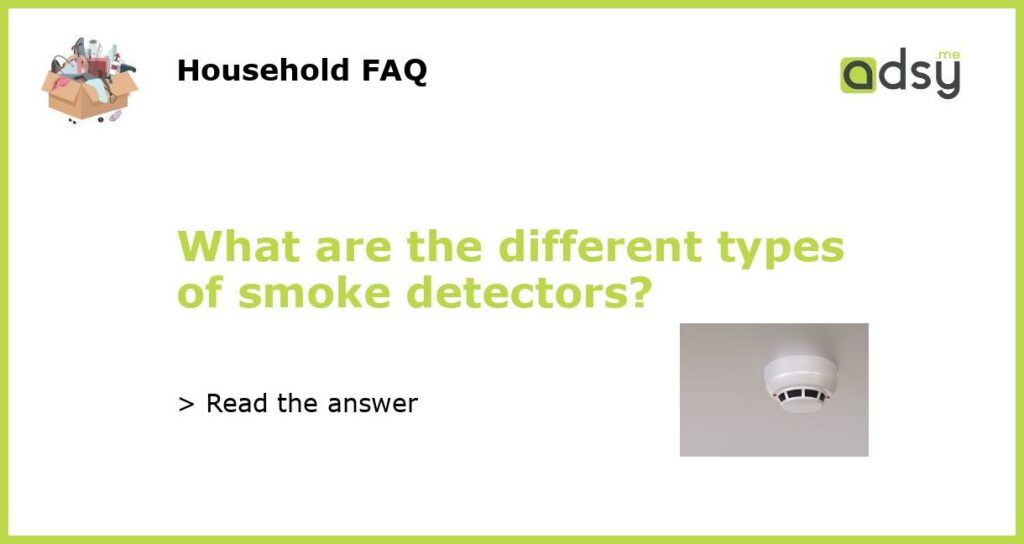Types of Smoke Detectors: Ionization, Photoelectric, and Dual Sensor
Smoke detectors are essential safety devices that can save lives in the event of a fire. There are several types of smoke detectors available on the market, each with its own unique features and benefits. In this article, we will explore the three main types of smoke detectors: ionization, photoelectric, and dual sensor.
Ionization Smoke Detectors
Ionization smoke detectors are the most common type of smoke detectors found in homes and offices. These detectors use a small amount of radioactive material to detect smoke particles in the air. When smoke enters the detector, it disrupts the electrical current in the ionization chamber, triggering the alarm.
One of the main advantages of ionization smoke detectors is that they are highly sensitive to fast-burning, flaming fires. These types of fires produce small smoke particles that can be detected quickly by ionization smoke detectors. However, ionization detectors are less effective at detecting slow-burning, smoldering fires, which is why it is important to have multiple types of smoke detectors in your home.
Photoelectric Smoke Detectors
Photoelectric smoke detectors are designed to be more sensitive to smoldering fires, which produce large smoke particles and can take longer to develop into a full-blown fire. These detectors use a photoelectric sensor that emits a beam of light. When smoke enters the chamber, it scatters the light beam, causing it to hit a photoelectric cell and trigger the alarm.
One of the main advantages of photoelectric smoke detectors is their ability to reduce false alarms. Because they are designed to detect larger smoke particles, they are less likely to trigger an alarm due to cooking smoke or steam from a hot shower. This makes photoelectric detectors a good choice for areas such as kitchens or bathrooms.
Dual Sensor Smoke Detectors
Dual sensor smoke detectors combine the features of both ionization and photoelectric smoke detectors. These detectors use both ionization and photoelectric sensors to provide the most comprehensive smoke detection capabilities. They are able to quickly detect both fast-burning and slow-burning fires, making them an excellent choice for homes and offices.
The advantage of dual sensor smoke detectors is that they offer maximum protection against all types of fires. However, they are also more expensive than single-sensor smoke detectors. Some experts argue that having two separate detectors, one ionization and one photoelectric, can provide a similar level of protection at a lower cost.
When it comes to choosing a smoke detector for your home or office, it is important to consider the different types available. Ionization smoke detectors are best at detecting fast-burning fires, while photoelectric smoke detectors are better at detecting smoldering fires. Dual sensor smoke detectors offer the most comprehensive protection but come at a higher cost. Ultimately, the best choice will depend on your specific needs and preferences for fire safety.






